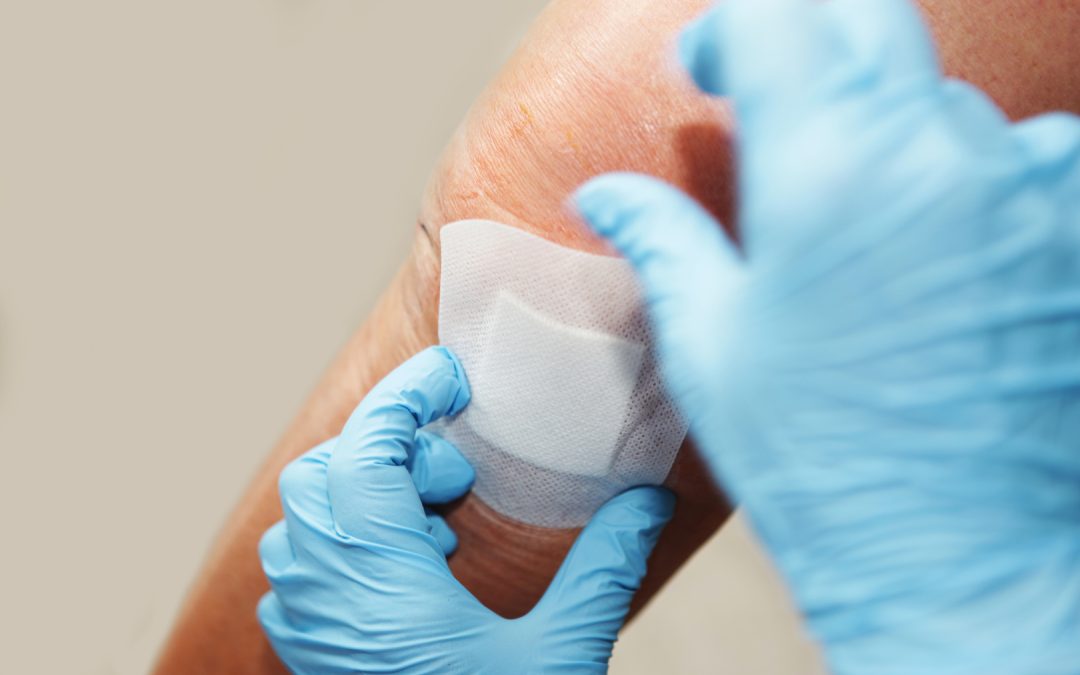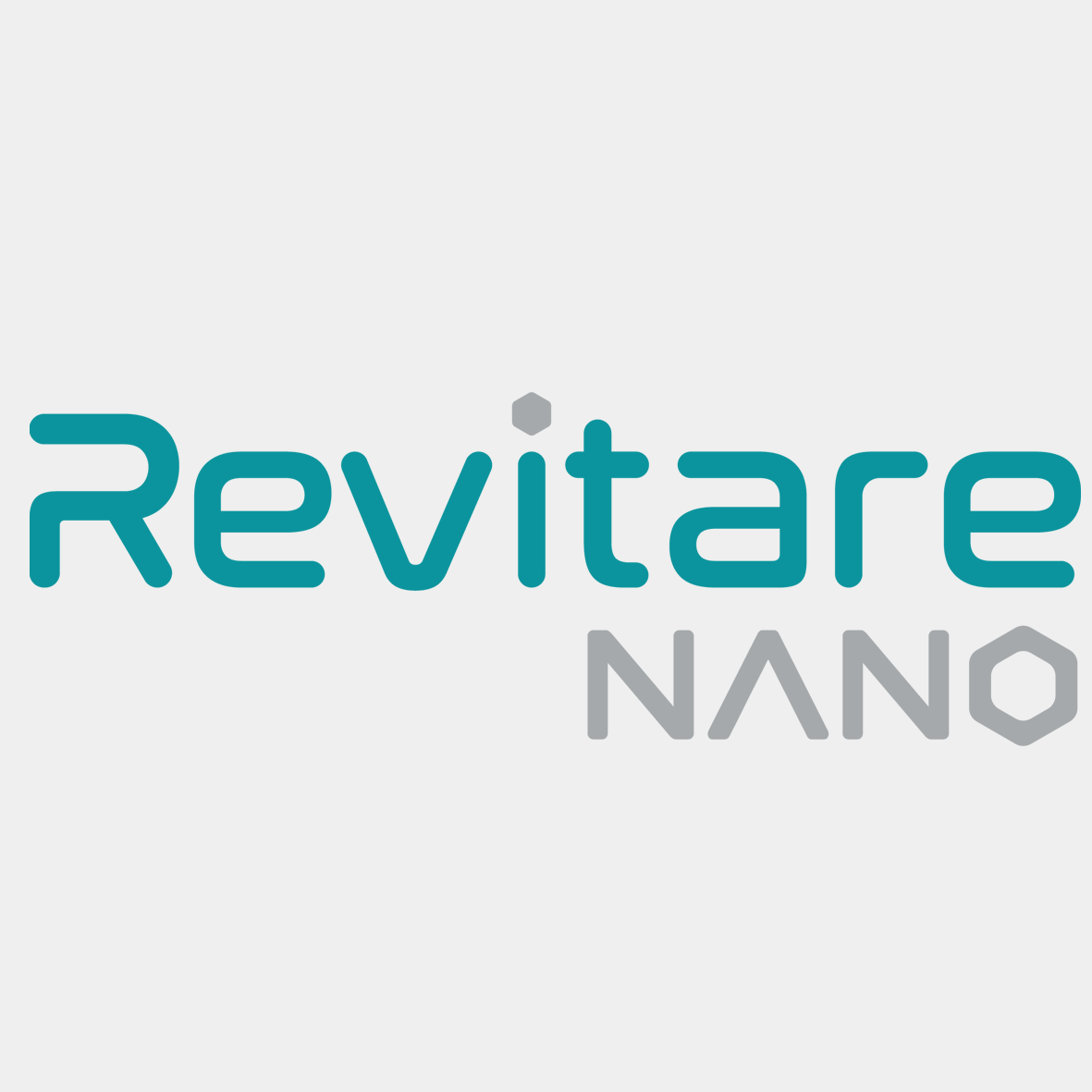In moments of emergency, wounds arrive as unwelcome visitors, infiltrating our lives without prior warning. Despite being an integral part of our life experiences, we always strive to find new and effective solutions.
From minor injuries at home to surgical wounds in hospitals, whether occurring accidentally or as a result of specific conditions such as diabetes, ulcers, or obesity, in addition to diseases that make movement difficult and leave patients bedridden for extended periods, dressings become a primary solution for covering wounds and preventing infection. With each wound comes the need for quick and effective care and attention, and dressings come to our rescue in these critical moments. They are not just strips and pieces of fabric, but rather shields that protect wounds from microbes and dirt, contributing to the healing process.
These small pieces sometimes embrace significant stories in the journey of healing. With the advancement of technology, nanotechnology stands on the cutting edge of innovation in the modern medical world, combining atomic size and immense power to achieve remarkable results in wound care. Among the nanomaterials capable of enhancing the performance of smart dressings, silver nanoparticles emerge with their effective antimicrobial properties. Silver nanoparticles play a fundamental role in improving the performance of smart dressings, providing us with the opportunity to achieve remarkable results in the healing process with their antibacterial and antiseptic properties, helping to reduce the risk of infection and promote faster wound healing.
Silver nanoparticles introduce innovation in the world of wound care
Have you ever imagined a tiny bandage carrying the secret of quick and magical healing within its folds? These bandages, integrated with antimicrobial silver nanoparticles, are not just pieces of fabric, but rather gateways to a future world where healing is faster. Silver nanoparticles have an antiseptic effect due to their high antimicrobial power. Therefore, silver nanoparticles play a distinctive role in enhancing the performance of smart dressings and significantly contribute to preventing infection and promoting effective healing. Additionally, they possess an astonishing ability to combat infection completely without leading to increased microbial resistance. What distinguishes them even more is:
- Its high effectiveness in combating common wound infection bacteria such as Staphylococcus aureus and Pseudomonas aeruginosa.
- It also reduces the body’s inflammatory response, thereby alleviating swelling, pain, and redness associated with wound inflammation.
Experimental studies reveal the results of the effects of silver nanoparticles on improving wound healing
Recent research and studies have shown promising results for the use of silver nanoparticles in wound treatment by integrating silver nanoparticles into dressings. Consequently, they can help improve the wound healing process effectively, reduce inflammation and scarring, in addition to inhibiting the growth of bacteria causing infections. These experimental studies include:
- In studies conducted on white mouse wounds, silver nanoparticles have shown effectiveness in reducing wound size, increasing collagen deposition (the protein that aids in tissue repair), decreasing the number of fibroblasts (cells that cause swelling), reducing tissue edema, and increasing the number of fibroblast cells that aid in wound healing.
- Another study on mouse wounds exposed to thermal injuries showed that layers of silver nanoparticles on dressings demonstrated their ability to reduce inflammation and scarring, eliminate bacteria, and accelerate the healing process even further.
- In addition to the benefits of silver nanoparticles in infection prevention, studies on wound models outside the living body have shown that silver nanoparticles enhance the formation of fibroblast cells into muscle cells, thereby promoting wound healing and accelerating the healing process. Additionally, they stimulate the proliferation and migration of keratinocytes.



